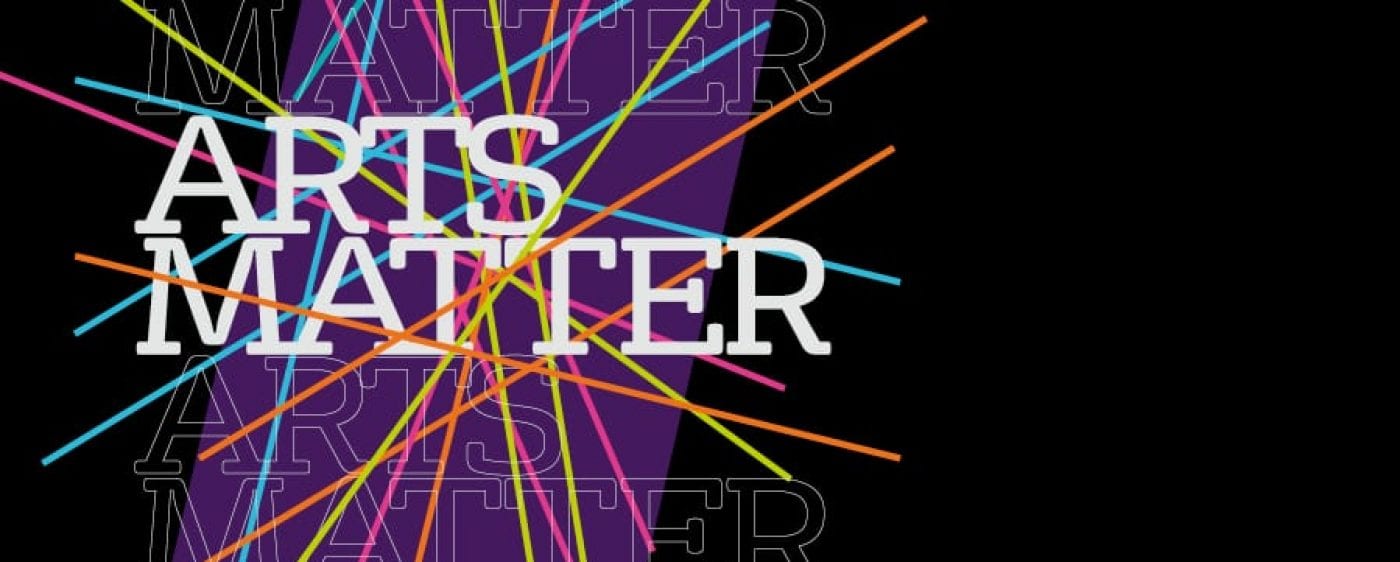By Dr Paul Merchant, Senior Lecturer in Latin American Film and Visual Culture, School of Modern Languages
Can art change how we relate to the environment? Might the experience of watching a film, observing a drawing, or visiting an installation help us to understand the current ecological crisis in ways that scientific reports and data can’t? As the crucial COP26 climate summit in Glasgow continues, these questions are taking on added urgency.
On Friday 5 November, visitors to the First Friday event at Watershed in Bristol will have the opportunity to explore these questions. They’ll be able to learn about some contemporary art initiatives from the UK and Chile, and take part in some drawing exercises led by the illustrator Jasmine Thompson (no prior experience required!).

The event draws on the work of the research project Reimagining the Pacific, which is led by Dr Paul Merchant and funded by the Arts and Humanities Research Council. The project explores how artists in Chile and Peru are responding to environmental challenges on the Pacific coast.
One way in which contemporary artists are seeking to engage their audiences with environmental issues is by creating works that use a range of different media to create a multisensory experience. For example, Claudia González’s installation Hidroscopia / Loa (2018) uses drawings, videos, and electronic apparatus to present the effects of copper mining on the Loa river in unexpected ways.
Closer to home, the Bristol-based artist Dan Pollard’s Liquid Noise installation project creates a link between the movement of visitors’ bodies and the vibrations in pools of water to visualise the effect of underwater noise pollution on whales.
The value of projects like these is that they make issues that can seem distant or abstract (like marine noise pollution, or ocean acidification caused by uptake of carbon dioxide) feel present, by engaging our senses and our imaginations. It would be too simplistic to draw a straight line between an experience of an artwork and a specific political commitment. But if works like Hidroscopia / Loa and Liquid Noise, or even the simple act of drawing, can make us look again, listen again, and pay better attention to our environments, then there’s much to be said for them.

